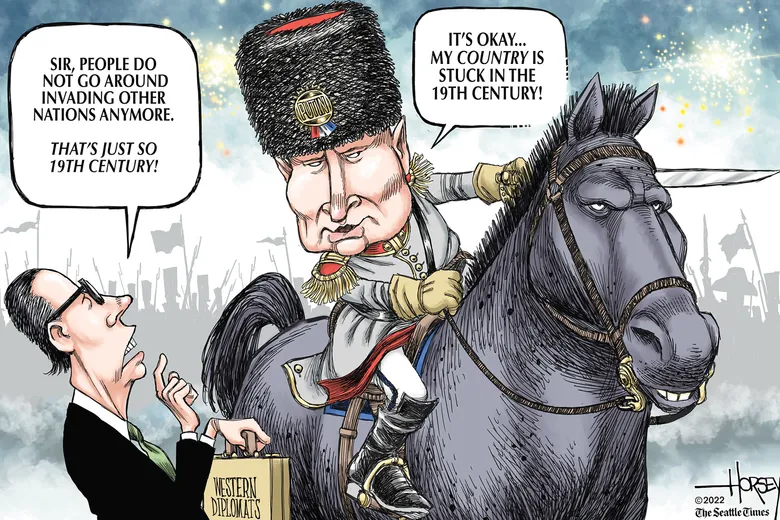War Novels
War Novels
The Red Badge of courage by Stephen Crane detailed the inner turmoil suffered by a young Union soldier during his the first time in combat. The meeting with captured Confederate soldiers where Ohio met Tennessee for equally the first time was disarming. What was life and war about?
War and Peace by Lev Tolstoy is set against the backdrop of elegant ballrooms yet fully contrasting with the bloody battle of Austerlitz. The novel grandly searched for the soul of Russians even exposing the opposition of the Decembrists to the rule of the Tsars.
World War One was well documented by Robert Graves in Goodbye to all That examining the strict class differences in Kitchener’s volunteer army; Erich Remarque’s exposure of the imminent defeat of German army was shocking; Ernst Junger’s SturmgeWittern - Storm and Steel – revealed the close quarter fighting and the poor awareness of German Army officers to tactics and imminent offensives.
August 1914, written by Alexander Solzhenitsyn described the utter defeat of Russian Field Marshal Rennenkampf’s 14th Army Corps at the Masurian Lakes, East Prussia, when the Tsar’s control over the Russian Army was shaken. General Simonov, Commander, 14th Corps, committed suicide.
Mikhail Sholokov’s And Quiet Flows the Don, published in 1929, was followed by The Don Flows Home to the Sea in 1935. These two volumes of 1,200 pages described the Don Cossacks fighting the Austrians with sabres during World War One. War is interrupted by revolution and Russia’s tragic civil war between the Whites and Reds. Sholokhov, a communist, depicted the atrocities of both sides. Gripping and sincere, the novel transcends the author’s convictions. These novels depict the doomed love affair between Gregor Melekhov and Aksinia, where for a short time they find some happiness. Sholokhov won the Nobel Prize in 1965.
Visaly Grossman’s Life and Fate documented the invasion, by overwhelming German forces of Russia, 1941, and the ensuing chaos. This book was suppressed by Stalin and was smuggled out to the West in 1962. This was an epic work and mentioned the discovery by Russian forces, for the first time, of an extermination camp for Jews.
Solzhenitsyn, in The First Circle, described Stalin’s catatonic state during the crucial 21st June to July 3rd 1941 thereby earning Stalin’s enmity and inevitable expulsion from the Soviet Union.
Irene Nemirovsky, a Russian-Jewish émigré to France was celebrated as France’s leading author during the 1930s. Suite Francaise, two novellas, (Storm in June and Dolce) a modern day version of War and Peace, in her projected sequence of five (Captivity, Battles, Peace) about the fall of France, were not only magnificent fiction, they testify to the indomitable spirit in a period when Happy as a Jew in France ensured a cruel irony with the deportations to Auschwitz. These novellas were discovered written in tiny script inside a suitcase her daughters kept.
The Naked and the Dead by Norman Mailer attempted a cross cultural tale of war. Curzio Malaparte’s Kaputt a hideous, brilliant account of World War Two on the Eastern front placed beauty with cruelty. Kurt Vonnegut’s Schlosshof Funf/Slaughtershouse Five was based on his time as a POW in Desden. Guy Sajer’s Soldat Oublie the harrowing account of an Alsatian fighting on the Eastern Front, described the indescribable.
The Korean (The Bridges at Toko-Ri), Vietnam (Chickenhawk) and other wars inspired novels, however, none were masterpieces.

















